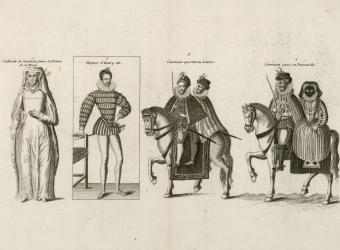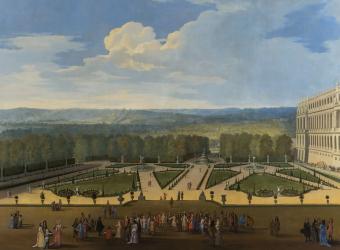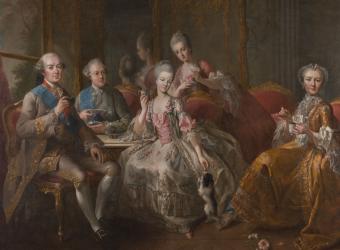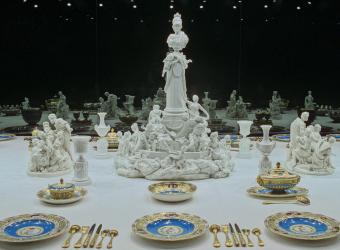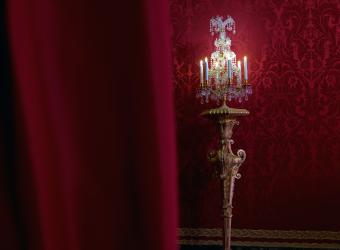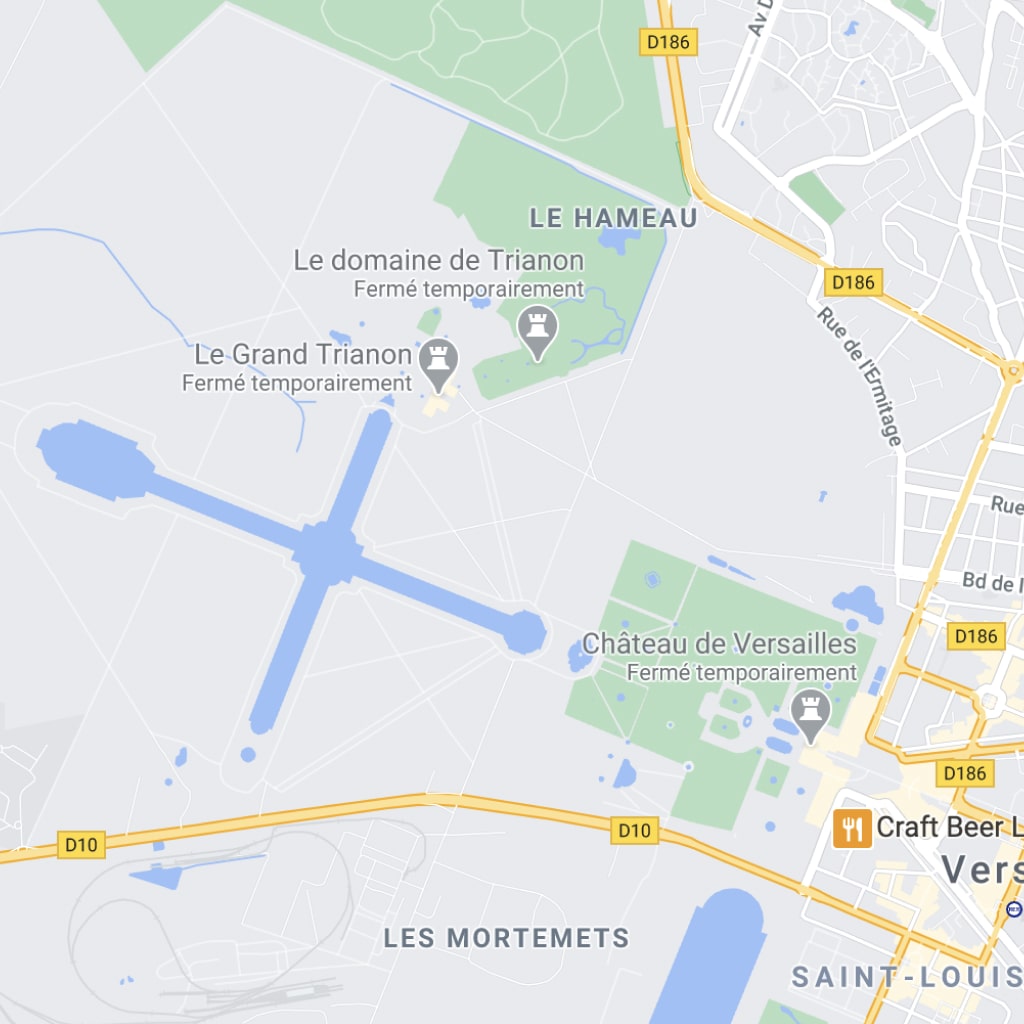The second party given by Louis XIV in Versailles, the Great Royal Entertainment, celebrated the king’s glory after the peace treaty of Aix-la-Chapelle. This treaty established the annexation by France of several Flemish territories (including Lille, Douai and Dunkirk).
The Great Royal Entertainment 18 July 1668
To celebrate his victory over Spain, Louis XIV wanted to organise a party worthy of it, and he spent on it the enormous sum of 117,000 Livres – a third of the budget for Versailles in 1668. The king also wanted the festivities to stand out distinctly from the party of 1664. Held in summer for one day only, with no specific theme, it turned out to be a coordinated perambulation full of splendour and surprises.
Arriving at the palace from Saint-Germain, the king opened the party in the late afternoon with a visit to his latest creation: the Dragon Fountain, the most powerful fountain in the gardens. He then invited his guests to a lavish afternoon tea in the Star Grove, which was adorned with dressers and buffets covered with mountains of fruit, meat and carafes of liquor.
After tea, the Court travelled by coach and Sedan chairs to the crossroads of the future Saturn Fountain for the first performance of George Dandin by Molière. The play was performed in a trompe-l’oeil theatre by Vigarani. It was lit up by 32 crystal lamps, hung with tapestries and covered with a blue canvas decorated with fleur-de-lis.
Anecdote
This extravagant party was without doubt the height of Baroque celebrations, both for its staging and decoration. Above all, it showed the king’s growing liking for Versailles, and the location soon went from hosting parties to hosting the government.
The Court then attended a feast organised on the site of the future Flora Fountain, in a large octagonal hall crafted of trellis-work, with a rounded roof that opened onto the sky. In the centre of one of the tables, adorned with a fountain and silver tableware, a large buffet had been laid out. The feast was followed by a ball at the crossroads of the future Ceres Fountain. The entrance to the hall erected there for the occasion, also octagonal, was preceded by a gallery of greenery closed off by a rockery cave created by Le Vau and covered with marble and porphyry.
The party ended with a firework display. From the bottom of the Grand Perspective the visitors admired the Palace, lit up from the inside, while illuminated statues and painted vases lined the Great Lawn and Latona’s Parterre. A second firework, which nobody was expecting, was set off over the Clagny pump. The fairy-tale effect was perfect!




